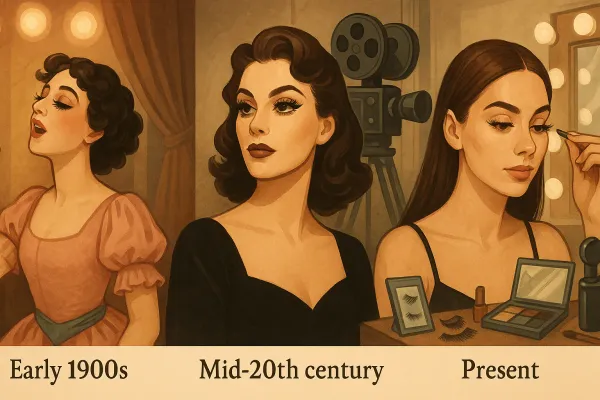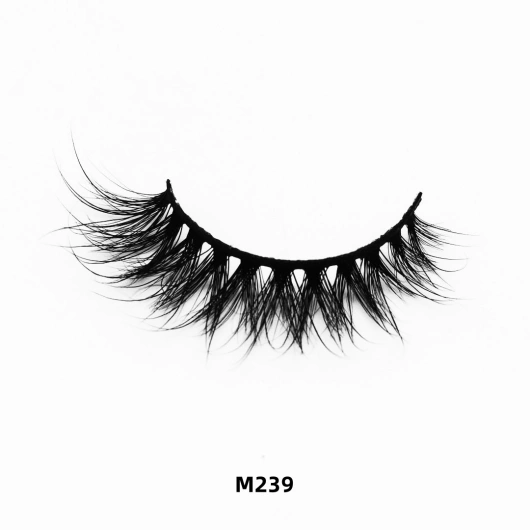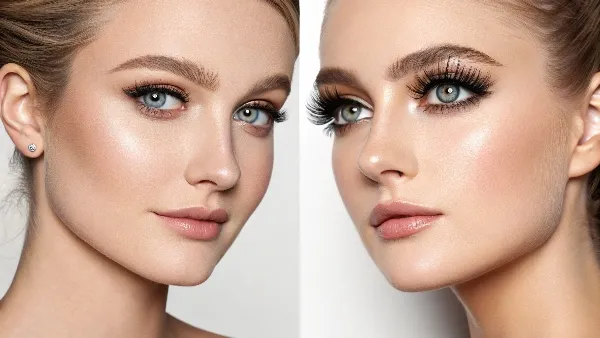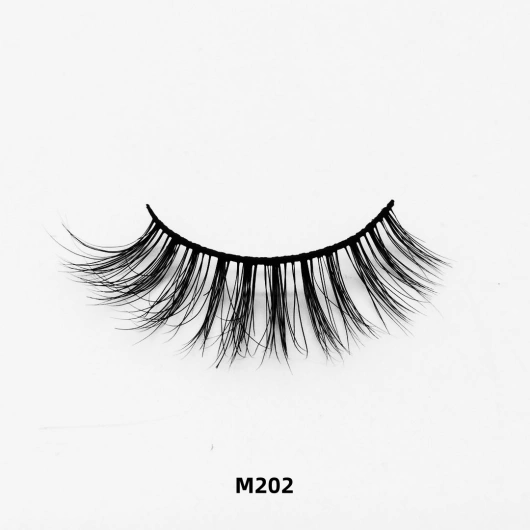Si votre demande n'est pas traitée dans les plus brefs délais, veuillez indiquer votre adresse WhatsApp/Skype dans le message, afin que nous puissions vous contacter dès la première fois.
Nous vous répondrons dans les 24 heures. En cas d'urgence, veuillez ajouter WhatsApp/WeChat :
Avertissement: Variable non définie $public dans /www/wwwroot/yuelinhengtong.hyhdemo.top/wp-content/themes/hyhadmin/header.php en ligne 289
Avertissement: Essai d'accès à un offset de tableau sur une valeur de type null en /www/wwwroot/yuelinhengtong.hyhdemo.top/wp-content/themes/hyhadmin/header.php en ligne 289
,. Ou appelez le
Avertissement: Variable non définie $public dans /www/wwwroot/yuelinhengtong.hyhdemo.top/wp-content/themes/hyhadmin/header.php en ligne 289
Avertissement: Essai d'accès à un offset de tableau sur une valeur de type null en /www/wwwroot/yuelinhengtong.hyhdemo.top/wp-content/themes/hyhadmin/header.php en ligne 289
directement.
Les faux cils ont une histoire fascinante qui surprend souvent les nouveaux acheteurs. Nombreux sont ceux qui pensent qu'ils sont simplement destinés à la beauté, mais leurs origines sont bien plus profondes.
Les faux cils ont été créés à l'origine pour améliorer l'apparence des actrices sur scène et au cinéma, afin que leurs yeux paraissent plus grands et plus expressifs sous des lumières fortes. Aujourd'hui, ils sont devenus un accessoire de beauté indispensable, mais leur histoire a commencé avec l'accent mis sur la performance et l'expression.

Histoire des faux cils
Lorsque l'on observe l'évolution des cils au fil du temps, il est clair que les normes de beauté et les besoins pratiques ont tous deux joué un rôle. Voyons pourquoi les femmes ont commencé à en porter, comment les premiers modèles sont apparus et à quoi ils servent aujourd'hui.
La pression pour être belle et rester à la mode est forte, en particulier dans le monde du spectacle et de la mode. De nombreuses jeunes filles ont commencé à utiliser des faux cils pour se sentir sûres d'elles, attirer l'attention et suivre les célébrités.
Les jeunes filles ont commencé à porter des faux cils parce qu'elles voulaient des yeux plus grands et plus définis, comme les stars de cinéma et les icônes de la mode. Les cils sont rapidement devenus un symbole de glamour et de sophistication, ce qui les a rendus populaires dans les routines de beauté quotidiennes.
Les faux cils sont passés du théâtre à la vie de tous les jours lorsque les actrices hollywoodiennes ont mis en avant des looks de beauté spectaculaires. Les magazines et les films ont établi de nouvelles normes de beauté, et les jeunes filles ont voulu copier ces tendances chez elles. Les cils donnent un coup de fouet rapide sans changement permanent. En tant que professionnelle de l'industrie des cils, je constate chaque jour que les acheteurs d'aujourd'hui recherchent ce même coup de pouce, que ce soit pour des événements spéciaux ou au quotidien.
Il est intéressant de noter que la facilité d'accès a tout changé. Avec l'amélioration de la production, les cils sont devenus abordables pour tout le monde, et pas seulement pour les stars. Les pharmacies ont commencé à les vendre et les instituts de beauté ont proposé des applications de cils. Chez YLHT, nos clientes nous disent souvent que les cils les aident à exprimer leur style et à renforcer leur confiance en elles, ce qui rappelle les débuts des faux cils, mais avec plus d'options et une meilleure qualité.

Pourquoi les faux cils ont-ils été adoptés ?
Bien avant les selfies et Instagram, les gens cherchaient des moyens de se démarquer. Faux cils a donné un avantage aux artistes, les aidant à briller sur scène et devant la caméra.
Les faux cils ont été mis au point au début du XXe siècle pour créer des regards dramatiques pour les actrices, leur permettant d'être vues clairement sous un éclairage de scène violent et à travers le contraste noir et blanc des films muets.
Avant que les faux cils n'existent, les acteurs et les actrices avaient du mal à rendre leurs yeux expressifs sous un éclairage violent. Un maquillage épais ne suffisait pas et les bavures posaient problème. Les premiers faux cils ont résolu ce problème en créant des yeux plus pleins, plus sombres et plus visibles. C'était vital pour les films muets, où l'émotion devait être claire sans paroles.
D'après mon propre travail avec des clients internationaux, nombreux sont ceux qui le disent encore aujourd'hui, des cils spectaculaires restent populaires pour les événements spéciaux, la télévision et les tournages de mode. Notre usine travaille en étroite collaboration avec les maquilleurs qui ont besoin de cils extra-longs et audacieux pour des projets créatifs. L'esprit de résolution de problèmes qui a présidé à l'invention originale est toujours vivant, mais il sert désormais à la fois les professionnels et les consommateurs de tous les jours.
Les faux cils ne sont pas apparus du jour au lendemain. Leur invention est née d'une demande spécifique d'Hollywood et a donné lieu à une première désormais célèbre.
Le réalisateur canadien D.W. Griffith a demandé à un perruquier de créer la première paire de faux cils en 1916 pour l'actrice Seena Owen dans le film "Intolerance". Ces cils étaient fabriqués à la main à partir de cheveux humains et de gaze.
L'industrie cinématographique a façonné le marché des faux cils dès le début. Griffith avait besoin que sa star se distingue et a essayé quelque chose de nouveau : il a demandé à un perruquier de coudre des cheveux humains sur une fine gaze. Le résultat était spectaculaire et le look s'est imposé. Les yeux saisissants de Seena Owen au cinéma ont changé l'histoire de la beauté.
Ce n'était pas un processus simple ou confortable. Les premiers cils étaient lourds et difficiles à appliquer, mais l'effet visuel en valait la peine. La fabrication moderne, comme celle de YLHT, utilise des fibres légères et des outils de précision, mais l'objectif reste le même : faire des yeux le centre de l'attention. Les clients d'aujourd'hui recherchent le confort, la sécurité et la beauté, autant de choses dont les premiers inventeurs ne pouvaient que rêver.
Avec autant de produits de maquillage pour les yeux sur le marché, il est légitime de se demander pourquoi les gens continuent à choisir les faux cils. La réponse est à la fois pratique et personnelle.
Les faux cils sont utilisés pour ajouter de la longueur, du volume et de l'effet dramatique. cils naturelsLes yeux paraissent plus grands, plus définis et prêts à être photographiés pour les occasions spéciales ou pour la confiance de tous les jours.

Avant et après les faux cils
Les faux cils ne se contentent pas d'allonger ou d'assombrir les cils. Ils offrent des résultats instantanés avec un minimum d'effort. Pour les professionnels de la beauté, les faux cils permettent d'attirer les clients et de les fidéliser. Pour les particuliers, ils sont un moyen de changer de look, d'augmenter leur confiance en soi ou d'expérimenter les tendances.
Il existe un un style de cils pour tous les besoinsLes cils de YLHT sont des produits de haute qualité : des améliorations subtiles pour les jours de travail, des styles audacieux pour les événements, et des designs artistiques pour les photoshoots. Chez YLHT, nous créons tout, des cils naturels pour un usage quotidien aux cils spectaculaires en vison pour les défilés. Nos clients apprécient le confort, la personnalisation et la fiabilité que nous leur offrons, et ils aiment pouvoir changer de style à tout moment.
Au fur et à mesure que l'industrie du cil se développe, de nouveaux types et de nouvelles techniques apparaissent. Bandes pour cils est devenu l'option la plus populaire et la plus conviviale, changeant la façon dont les gens utilisent les cils à la maison et dans les salons de coiffure.
Une bande de cils est une bande unique de fibres synthétiques ou naturelles conçue pour être appliquée le long de la ligne des cils, offrant un regard plein de cils instantané, facile à retirer et à réutiliser.

Bande de cils
Les bandes de cils rendent les faux cils accessibles. Elles ne nécessitent aucune compétence en matière de colle, aucun rendez-vous dans un salon de coiffure et ne prennent qu'une minute à appliquer. Les bandes existent en différentes formes, longueurs et courbures. Nombre de nos clients B2B - marques de beauté et détaillants - choisissent les bandes de cils pour leurs lignes de marque privée car elles sont faciles à appliquer pour les débutants comme pour les professionnels.
Du point de vue de la fabrication, le cil en bande est une conception intelligente. Il s'adapte à la plupart des formes d'yeux et peut être taillé pour convenir à chaque utilisateur. L'équipe d'YLHT propose toute une gamme de produits, des bandes courtes et transparentes pour un look subtil aux bandes longues et colorées pour les amateurs de mode. Les commentaires que nous recevons soulignent à quel point les bandes de cils permettent aux clientes de se sentir plus sûres d'elles et plus élégantes avec un minimum d'effort.
Les faux cils ont d'abord été une innovation hollywoodienne avant de devenir un incontournable de la beauté dans le monde entier, mêlant histoire, créativité et confiance en soi dans chaque paire.
Les faux cils sont apparus comme des accessoires de théâtre au début du XXe siècle, ont atteint le glamour audacieux d'Hollywood dans les années 1950 et alimentent aujourd'hui une industrie mondiale de la beauté qui pèse plusieurs milliards de dollars. Découvrez leur parcours ci-dessous.
Inventé pour le théâtre et le cinéma muet. Lourd, dramatique, fait à la main avec des cheveux humains et de la gaze. Principalement pour les actrices et les artistes de théâtre.
Les styles de cils deviennent plus audacieux. Les fibres synthétiques, la production de masse et l'application à domicile se développent. Les icônes populaires stimulent les tendances. L'utilisation quotidienne se développe en Europe et aux États-Unis.
Cils végétaliens et sans cruauté, large gamme de styles. Les influenceurs des médias sociaux et les marques de beauté stimulent la croissance. Salons de cils, bandes, grappes, cils colorés et cils en 3D.